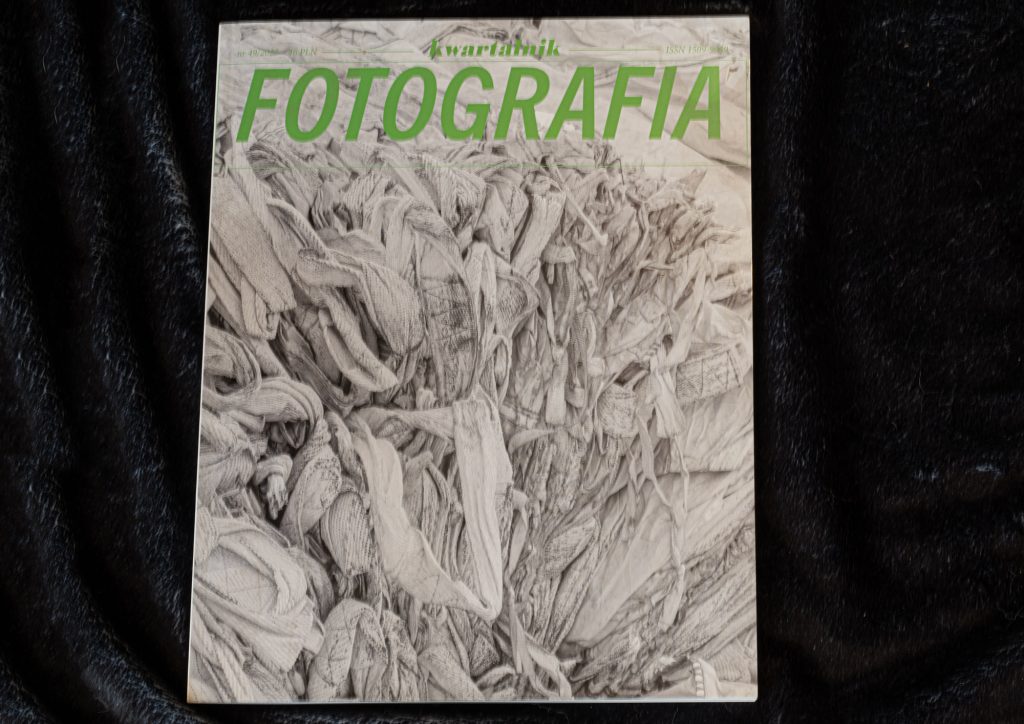A photographer and an artist-photographer represent two fundamentally different approaches to photography, sharing nothing but the camera itself. A photographer is, in essence, a craftsman or hobbyist, merely the author of images. An artist, by contrast, is a creator guided by principles of visual art, producing that which resonates within the depths of the soul. Some may claim that everyone is a creator and that anyone can produce art. This assertion, however, is profoundly false: if everyone were to create art, then the very notion of art would cease to exist. Art, therefore, is created only by a select few. But who are these few?
Within the philosophy of art, the second principle of interpretation provides an illuminating analogy relevant to photography. Imagine walking along the beach and encountering a poem inscribed in the sand, composed spontaneously by the sea. We take a photograph of it. Do we then become the author of the poem? Certainly not. We are merely the author of its photographic reproduction, while the true creator remains the sea. This distinction underscores why genres such as reportage, sports, nature, or astrophotography cannot be considered art in themselves. At best, they are forms of craft occasionally infused with artistic elements. To be the author of an image does not equate to being its creator, let alone an artist. While curators may formally proclaim that “photography is art,” they often neither exhibit nor sell it on par with the fine arts.
An additional nuance lies in the word “art” itself, which does not necessarily denote high art. To grasp this, one must adopt a broad definition of art, which I have elsewhere elaborated. Its four defining features are: purpose of creation, intention, style, and recognition. This framework has transformed my entire understanding of photography. High art possesses its own language: composition is conceived not as the trivial, even childlike matter it often is in photography, but as a complex interplay involving the “temperature” of the frame, the distribution of visual weight, and the subtleties of color theory. Photography, by contrast, speaks in the language of the street — a kind of visual slang, accessible and universally understood. Slang may suffice for rap music or everyday communication, but one cannot compose The Lord of the Rings in slang. There exists, therefore, a higher language — one crafted to perceive and interpret the world differently, through the filter of the creator, establishing a dialogue about meaning. Such dialogue is not easy; it is extraordinarily demanding, and this difficulty explains why art commands such high value.
Art also requires principles to exclude the arbitrary. Among them is the artistic credo — a declaration through which the artist defines their identity and worldview. It serves as the “glasses” through which their works must be viewed in order to be understood, alongside their style and exhibition history. To be a creator is thus a lifelong journey rather than the production of a single work. To become a photographer, by contrast, it suffices simply to take pictures — a profound difference.
Artists also speak differently about their works. One notable photographer once presented a portrait with the words: “Just a nice little portrait.” But what does the photograph itself say? A Chinese proverb tells us that a picture is worth a thousand words. Yet does anyone attempt to actually articulate a thousand words about what is seen in a photograph? In practice, those thousand words describe what is not visible in the image — the photographer’s intention. Such exercises reveal much about the creator.
Is a photographer an artist? The answer is no. But could a photographer, by engaging deeply with the world of art, eventually become one? Yes — provided they cease to imitate and begin to create, for imitation is the enemy of art. Through dialogue with curators and immersion in the language of art, I came to realize that photography and art exist on entirely different levels. This divergence likely stems from the pride of photographers and from the lack of evolution in photography as an art form. The result has been the emergence of an alternative domain that fails to meet the high standards art has set for itself.
Consider, for instance, the category of “abstraction” often seen in photographic competitions. What is exhibited under this label is rarely even remotely related to true abstraction. One imagines Kandinsky himself would be astonished. Yet such works receive awards as “abstract.” This reveals that neither jurors nor participants truly understand the concept. While ignorance might be excusable for participants, how can one excuse jurors — individuals ostensibly trained in curatorial practice? Similarly, in so-called “conceptual photography,” interviews with practitioners often reveal a superficial understanding of its principles, based merely on hearsay. Instead of transforming themselves, they adjust the definition to suit their practice. The conclusion is obvious: the general level of artistic knowledge is alarmingly low. How, then, can a photographer claim to be an artist?
Political correctness has reinforced this division through the American principle of the twentieth century: “Separate but Equal.” The photographer develops technically, becoming a brilliant servant of technology, yet rarely sells works for more than a few hundred zloty, despite investing tens of thousands into their passion. Meanwhile, painters and sculptors continue their education, purchase modest supplies, and lament when their works sell not for fifteen but for five thousand.
This is the perspective of someone who was once a photographer but is now a creator who paints with light. Having inhabited both worlds, I can clearly see the difference. When my curator recently asked whether I would ever return to photography, I replied: Never. One does not descend; one ascends. To be a creator is to move upward, and to engage in equal dialogue with painters and sculptors is a profound privilege.
Published in “Kwartalnik Fotografia” nr 47/2025
